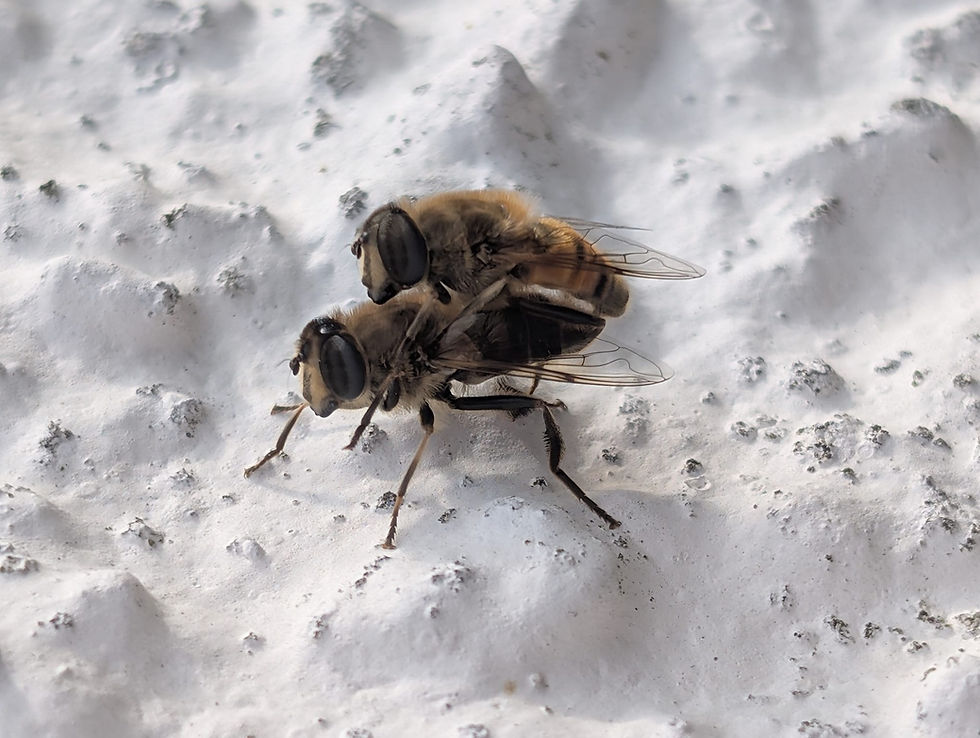Navan Fort - Ulster's Samhain Home
- @F_i_l_i

- Oct 31, 2021
- 3 min read
The festival of Halloween - which we celebrate on 31st October every year - is often said to have its roots in the 'Celtic' tradition of Samhain, a fire festival and the first of the four main festivals of the Celtic year.
The Irish took Samhain very seriously, and we are told that in ancient Ireland there were huge gatherings held around this time (including at the royal centres) where the 'old gods' were worshipped and appeased. It was said that 'the fairy mounds and raths of Erin were always open at Samhain, when the spell that normally separated them from the natural world was removed'*.

These days, the festival of Halloween is taken very seriously world-wide, as it travelled with the Irish disapora to far-off lands where it was adapted to suit the needs of the time and the place. For example, the traditionally-carved turnip** lantern (right) has been largely transformed into a pumpkin lantern due to the Americanisation of this tradition.
The Book of Leinster was written by monks sometime around the C12th and is held in the library at Trinity College in Dublin.
It contains a section entitled: 'The Tidings of Conchobar Mac Nessa' (aka King Conor Mac Nessa). King Conor was a famous High King of Ulster who resided at Emain Macha (it is said) around the time of Jesus. The book gives details of the Samhain celebrations which were held at what we now know as Navan Fort, in King Conor's time.
The celebrations lasted for 6 days, across Samhain, and the Book states that: 'Conchobar had to make great provision. The three days before Allhallows and the three days after Allhallows were distinguished by him by feasting in Conchobar's house'.
Interestingly, these celebrations were of such importance that it was 'geis' to attend, meaning that it was an obligation/duty, a 'must'... It was considered dangerous not to obey a 'geis' and the book states that: 'everyone of the Ulstermen who would not come to Emain in Allhallow-eve lost his senses, and on the morrow his barrow and his grave and his tombstone were placed'.
It is clear then, that failure to attend Emain Macha at Samhain meant that you were as good as dead!

Image credit: Jon Sullivan (CC)
It is therefore a curious thing that - while Halloween is still celebrated widely in Ulster (most notably in Derry/Londonderry) - the Samhain fires at Emain Macha (a State Care Monument with a Visitor's Centre operated by Armagh City, Banbridge and Craigavon Borough Council), appear to have gone out for all but a few.
A quick trip to the 'Celtic Myths and Legends' section of the Navan Centre & Fort's website shows no mention of Emain Macha's ancient Samhain associations. While the rest of the world celebrates a festival in which the ancestors are honoured, there is still precious little mention of the Samhain associations which relate directly to Navan Fort and its inhabitants. It is sad to me that at a time when 'the ancestors' are celebrated, we seem to have lost track of Ulster's own ancestors. Perhaps it is political and deliberate, some people may feel it is inappropriate to discuss pagan traditions. Armagh's long-standing Christian associations are still hugely important and in recent times there has also been a massive growth in 'Evangelical' Christianity.
Christian signs left at Navan Fort/Emain Macha in recent months.
However, history and archaeology don't care about your politics or your beliefs. It is a fact that Emain Macha is a pre-Christian site where Samhain appears to have been celebrated in ancient times. The festival of Samhain brings light to an anxious and dark time of the year. The celebration of a New Year while standing at the threshold of the 'darkest' months of the year might seem strange to some people, but it makes complete sense to me. All birth (or rebirth) begins in the dark, whether it's the darkness of the womb, the darkness of the soil, or the darkness of the tomb... The festival of Samhain now touches lives worldwide, and shines a light into a world gone dark. I think that's something worth celebrating.
Happy New Year!
*Joyce, 'Social History' I
** To the pedants who insist on calling it a 'swede' I will simply say this: send anyone from Ulster to the shop for a turnip, and this is what you will get!










Comments